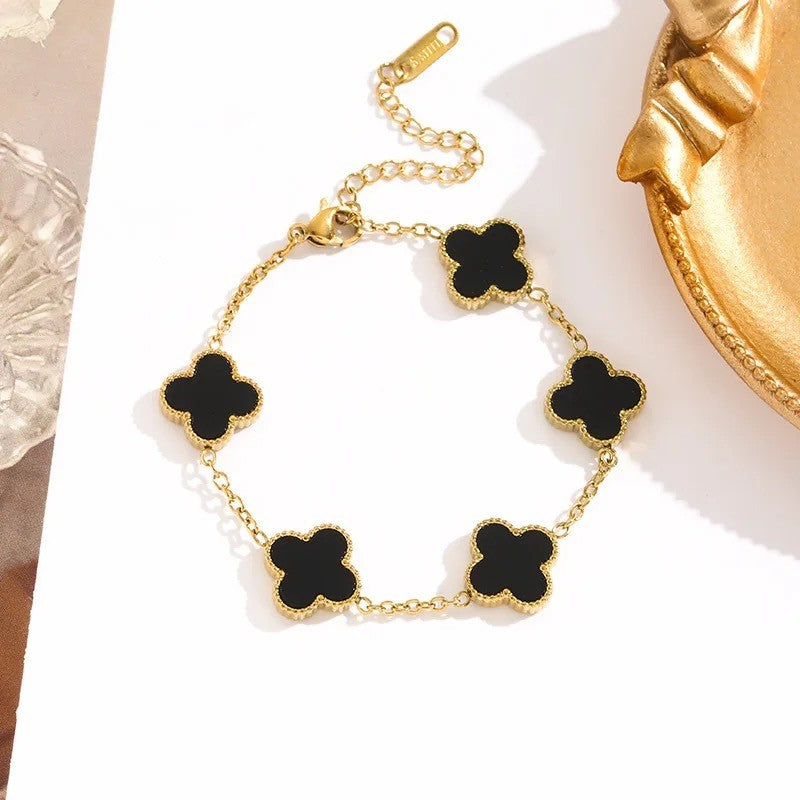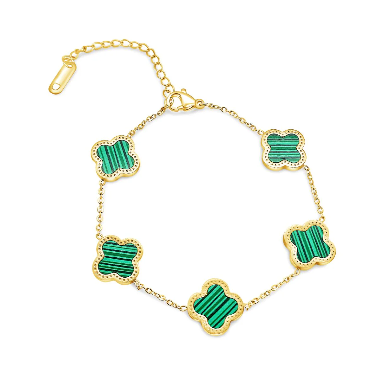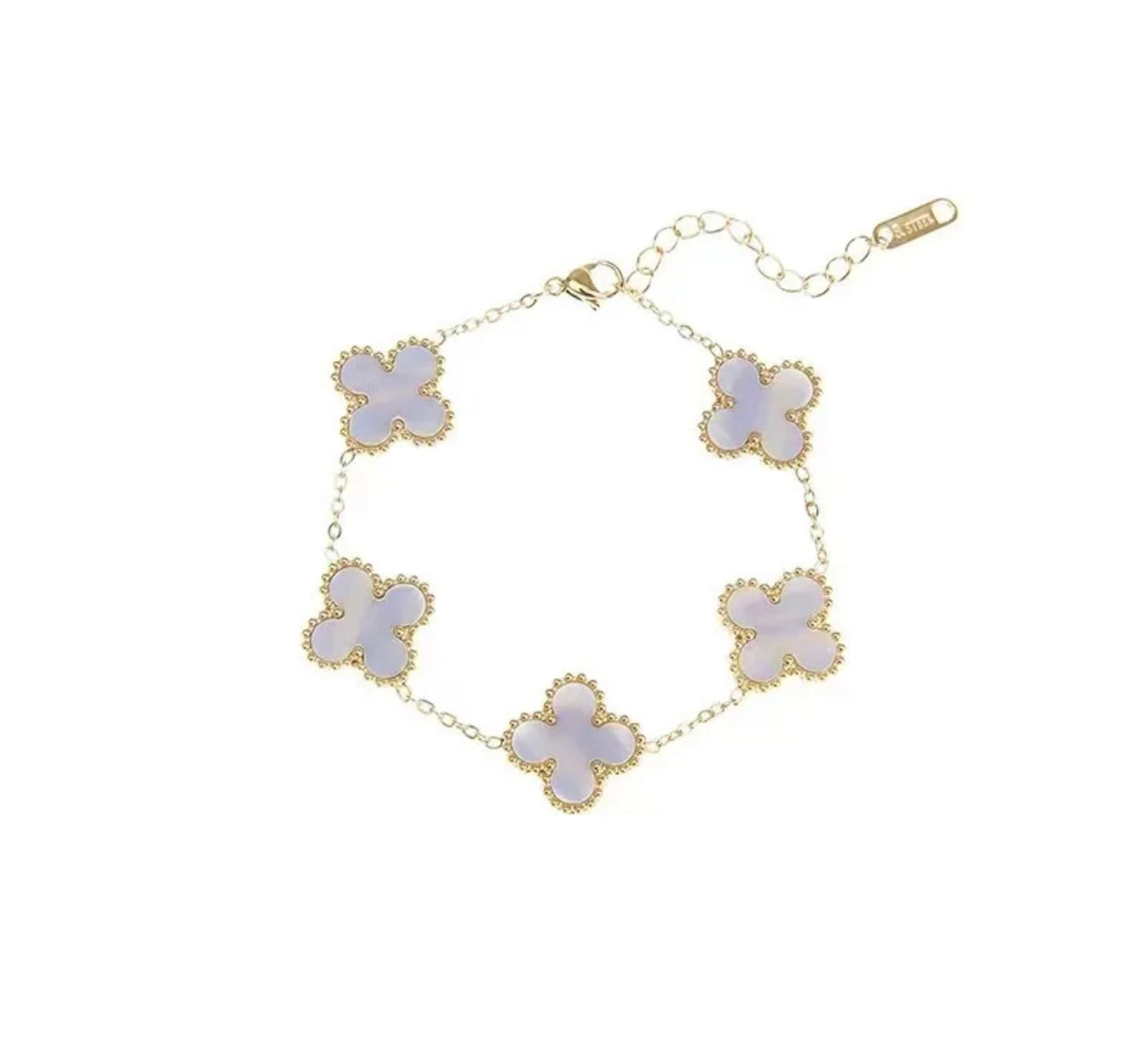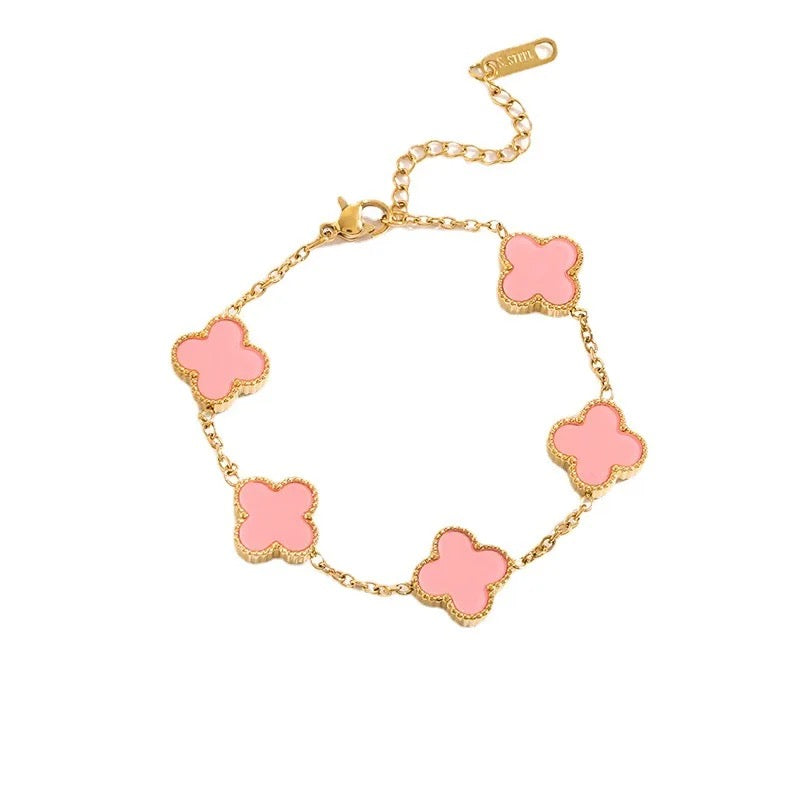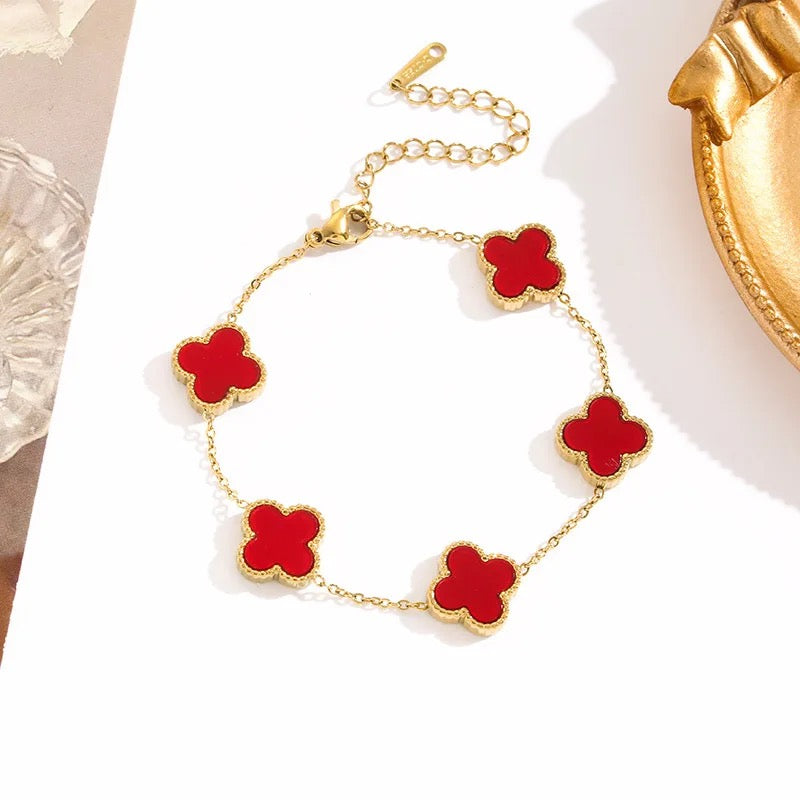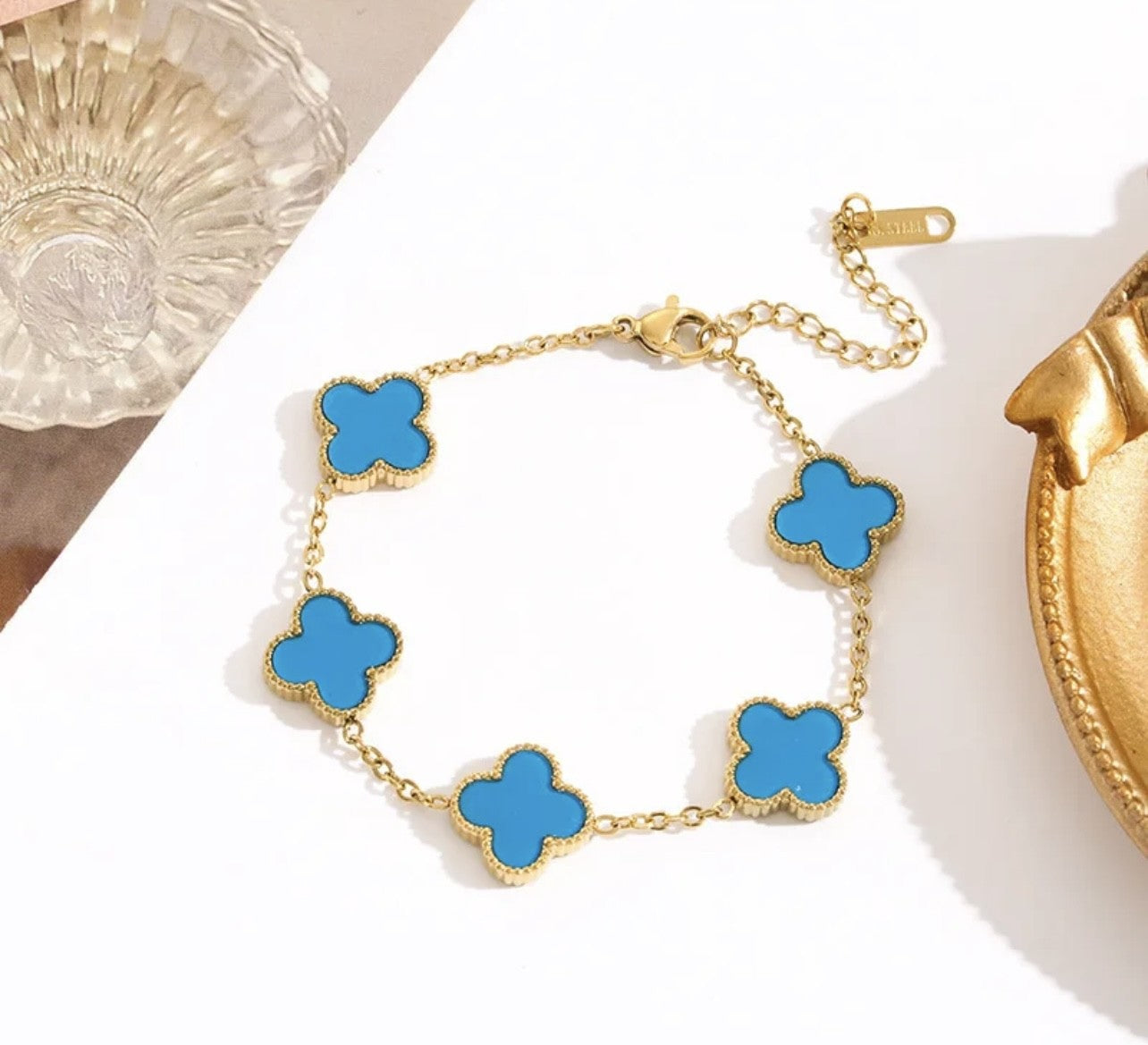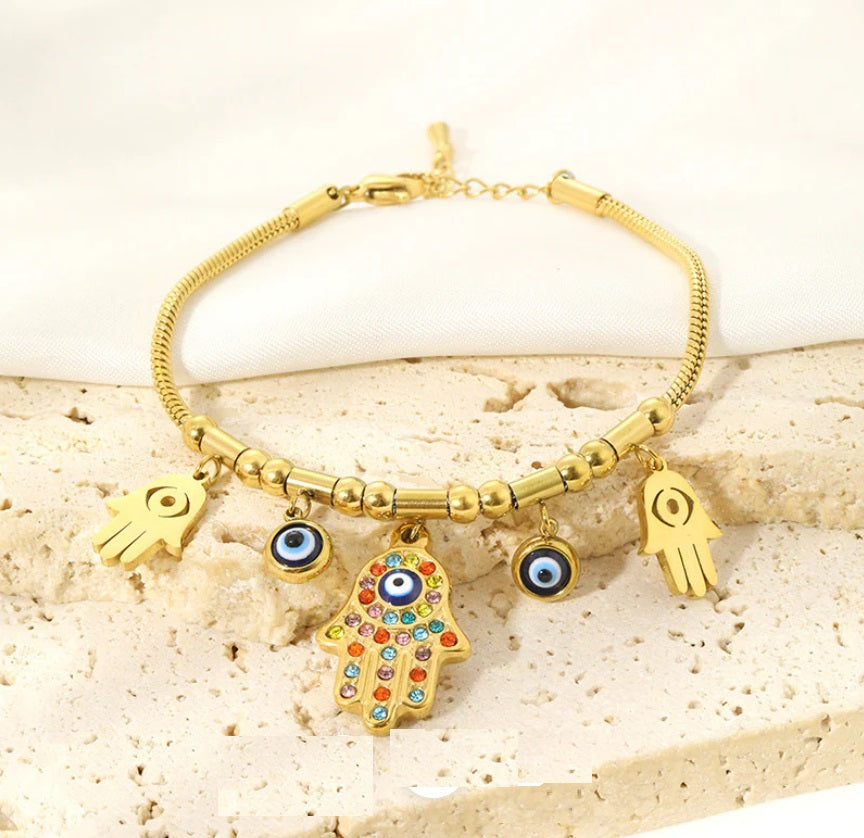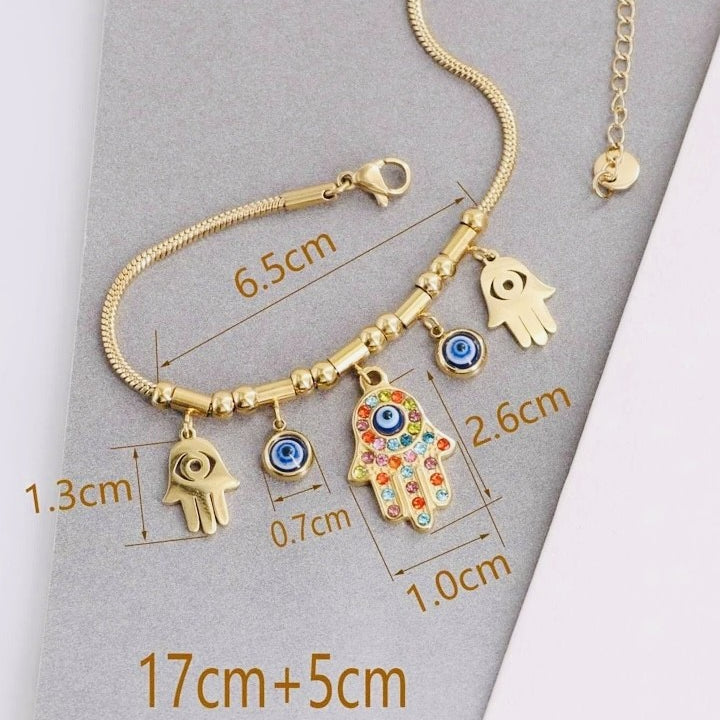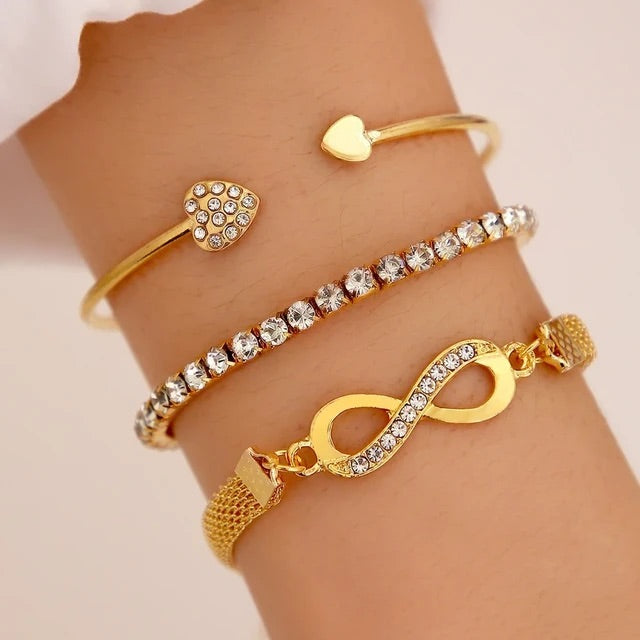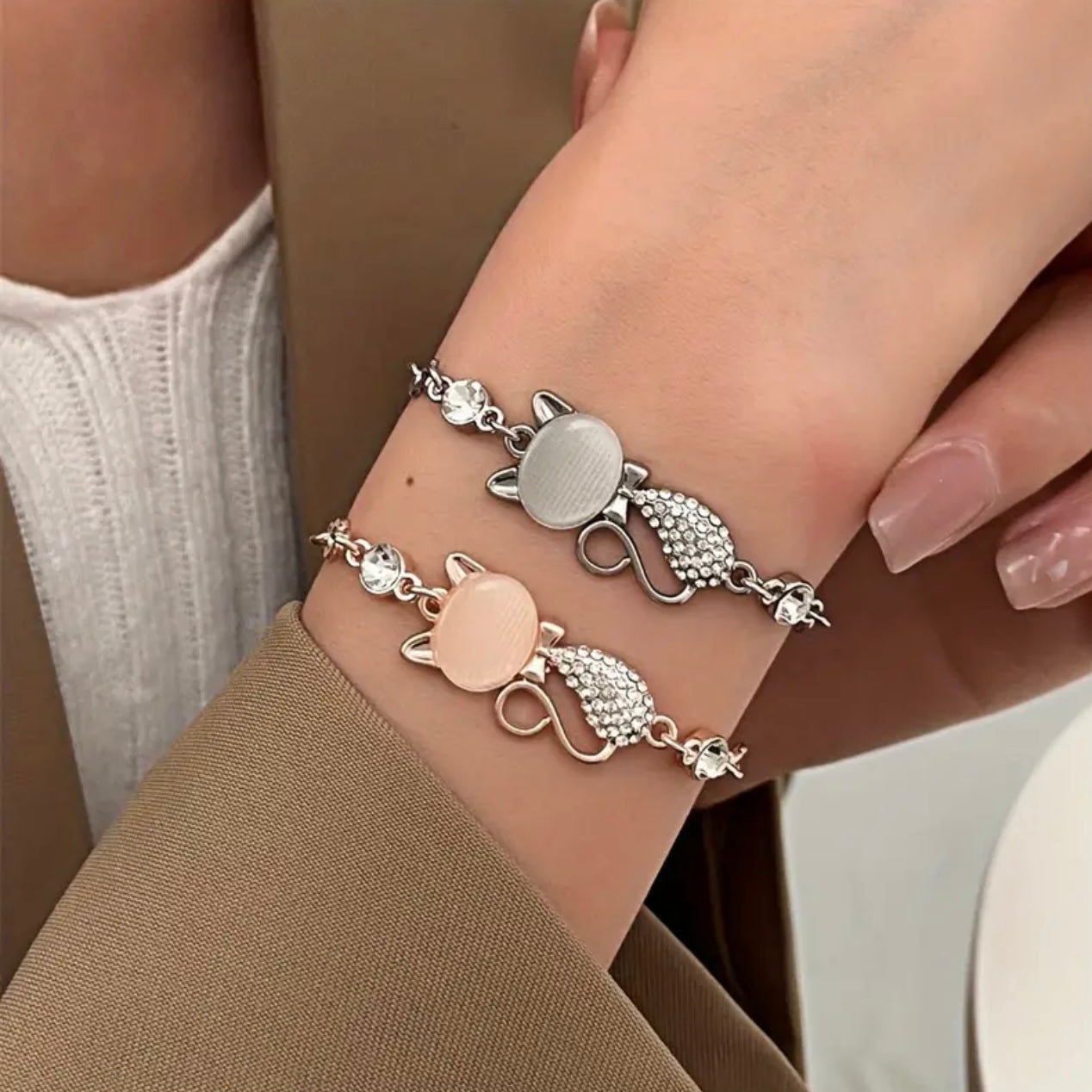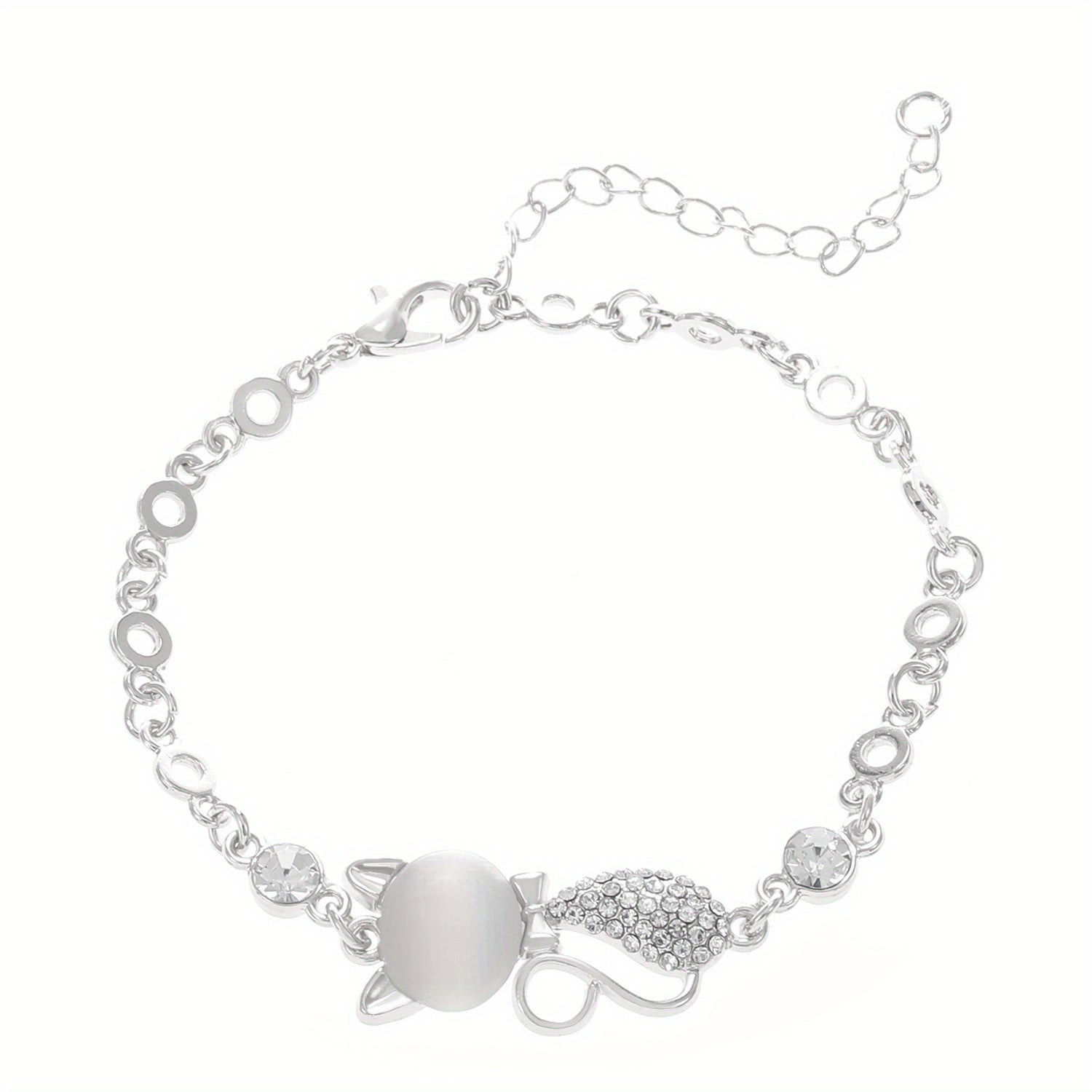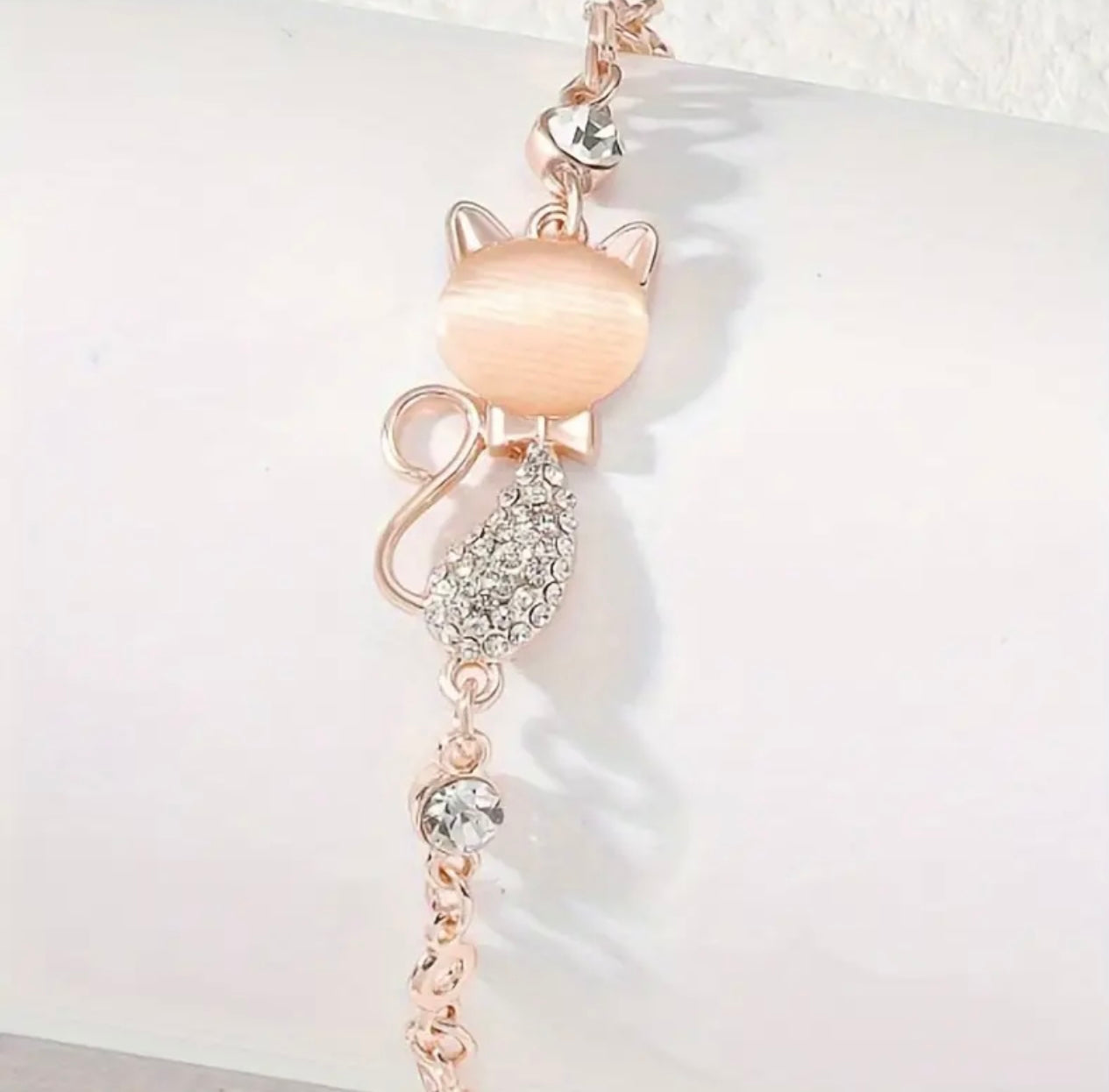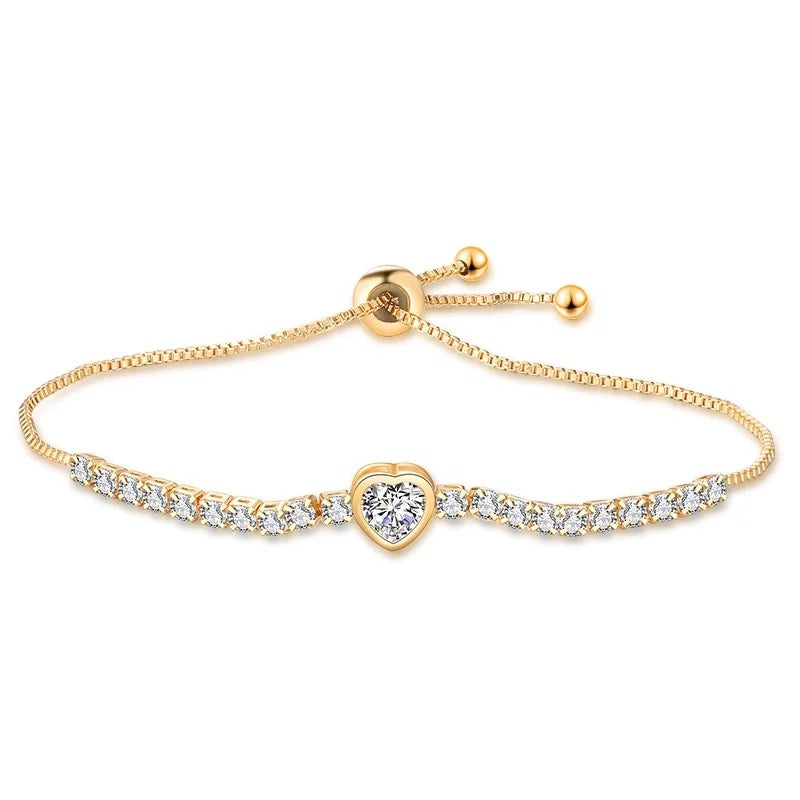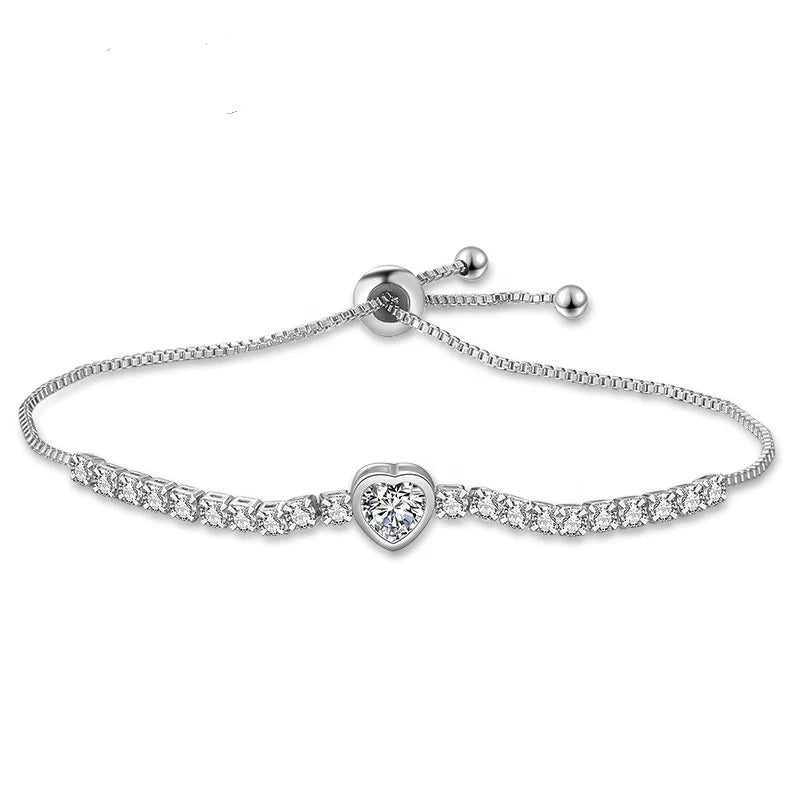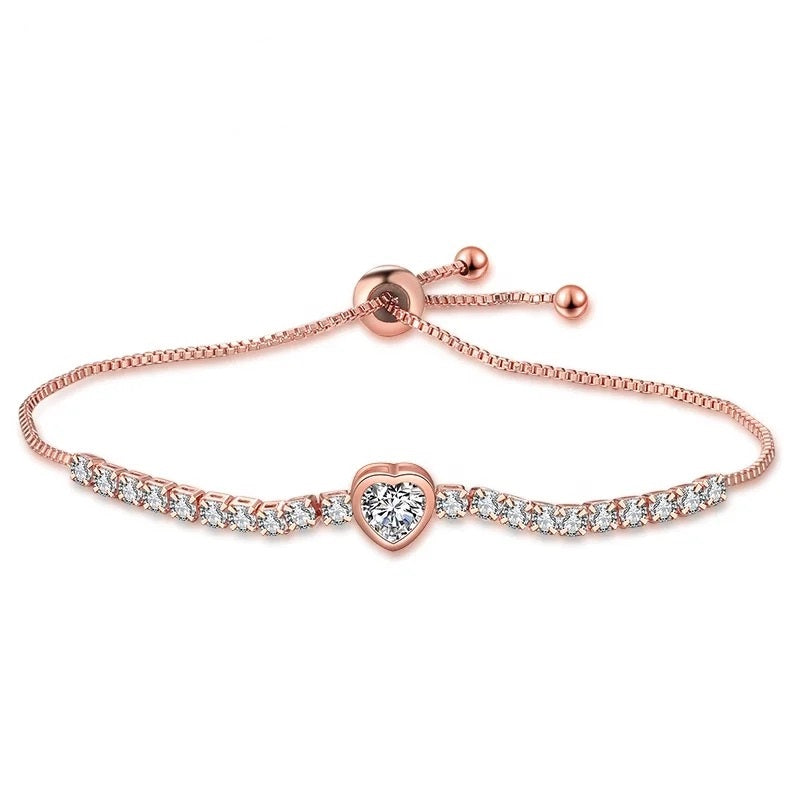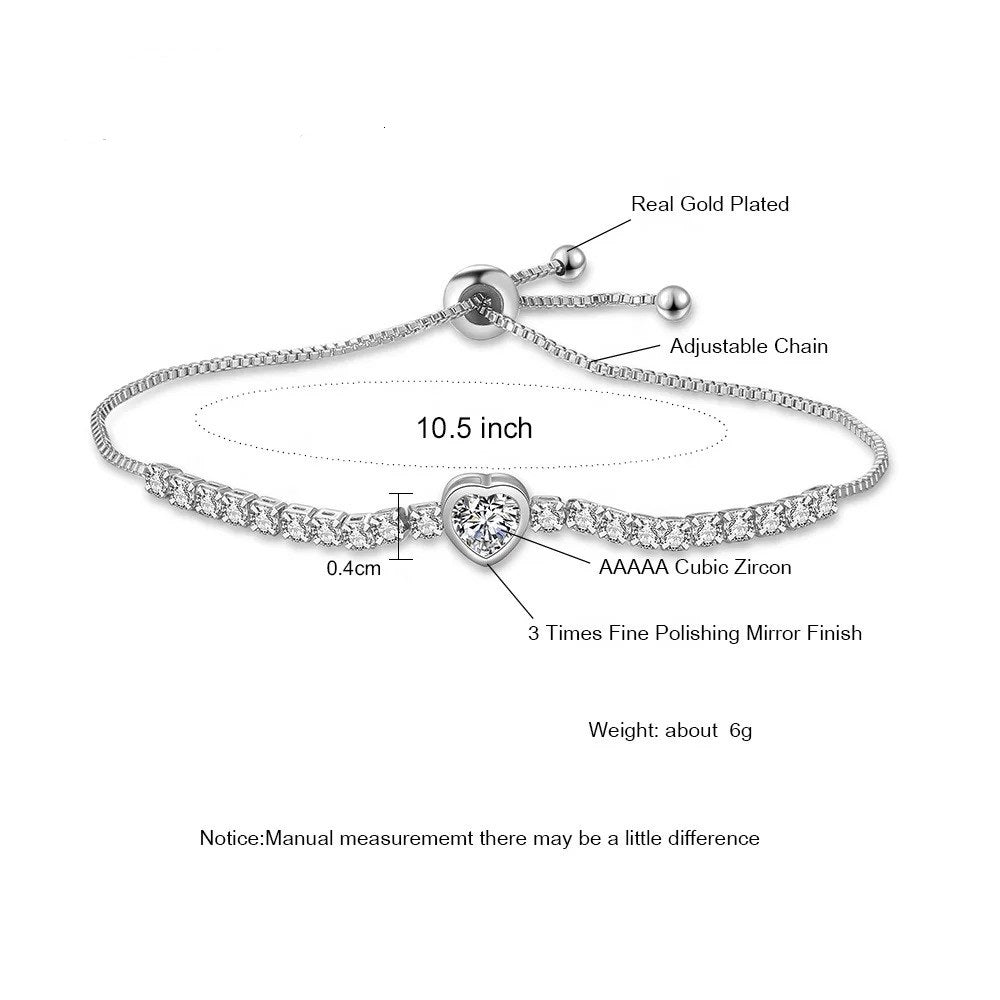The Hamsa, also known as the Hand of Fatima or Hand of Miriam, is a symbol that holds deep cultural and historical significance, particularly in North Africa, including Algeria and Morocco. This emblem, typically depicted as an open right hand with an eye in the center, is revered for its protective qualities and rich symbolism.
Enjoy and use coupon code WELCOME10 for 10% off your first order + BUY 1 of anything and GET 1 FREE of equal or lesser value for a limited time.PurrectBling.com

Historical Roots and Cultural Significance
The Hamsa has ancient origins that can be traced back to the early civilizations of Mesopotamia and Carthage. Over centuries, it has become a prominent symbol in various cultures and religions, including Judaism, Islam, and Christianity. In North Africa, particularly in Algeria and Morocco, the Hamsa is deeply embedded in the cultural fabric.
In Algeria, the Hamsa is often referred to as the Hand of Fatima, named after Fatima Zahra, the daughter of the Prophet Muhammad. It is believed to bring protection against the evil eye and negative energies. Similarly, in Morocco, the Hamsa is not only a symbol of protection but also of blessings, power, and strength. It is commonly seen in homes, jewelry, and amulets, signifying its pervasive presence in everyday life.
Symbolism Across Religions
In Judaism, the Hamsa is known as the Hand of Miriam, referring to Miriam, the sister of Moses and Aaron. It is believed to offer protection and bring good fortune. The symbol's use transcends religious boundaries, representing a shared cultural heritage that promotes unity and peace.
For Muslims, the Hamsa represents the Hand of Fatima and is associated with faith, patience, and perseverance. It is also seen as a reminder of the five pillars of Islam, reinforcing its spiritual significance.
Popularity in Modern Jewelry
In recent years, Hamsa jewelry has gained widespread popularity beyond its traditional roots. This surge in popularity can be attributed to several factors:
Aesthetic Appeal: The intricate design of the Hamsa, often adorned with gemstones and elaborate patterns, makes it an attractive piece for jewelry. Its unique shape and symbolic eye add an element of mystique and beauty, appealing to a broad audience.

Purchase the Hamsa at PurrfectBling
Symbolic Meaning: In a world where people are increasingly seeking symbols of protection and positive energy, the Hamsa resonates deeply. Wearing Hamsa jewelry is seen as a way to ward off negative influences and attract good fortune, making it a popular choice for those who value its protective qualities.
Cultural Appreciation: As global awareness of different cultures grows, so does the appreciation for their symbols and traditions. The Hamsa, with its rich history and cross-cultural significance, has become a favored motif in the fashion and jewelry industry. People are drawn to its historical roots and the story it tells.
Celebrity Endorsement: The visibility of Hamsa jewelry has been boosted by celebrities and influencers who wear and promote it. This has significantly contributed to its mainstream acceptance and popularity.

Gems for Material Girl: The hamsa is a symbol in the shape of a hand and said to convey protective powers. Pictured: Madonna wears a hamsa pendant in September 2009
Versatility: Hamsa jewelry is versatile and can be incorporated into various styles, from casual to formal wear. It can be found in necklaces, bracelets, earrings, and rings, making it accessible to different fashion tastes and preferences.


